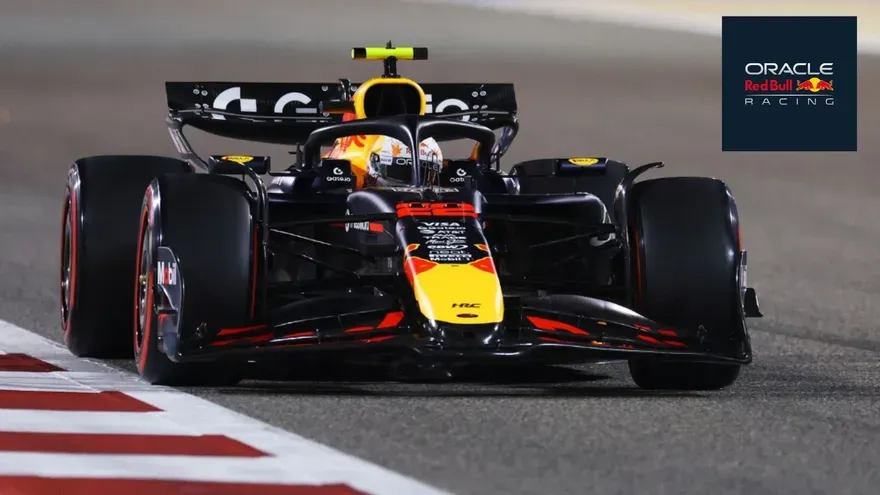Formula 1 is one of the biggest motorsport events in the world. Racing across the continents with modern tech and innovations makes it a prior love for the sport. With the latest technological aspects and maneuvers design, there is no surprise that Formula 1 technologies are now made up of road cars. From suspension systems to ultra-lightweight material, many more F1 techs and gimmicks found a way into the production of everyday passenger vehicles and street racing cars.
In this article, we will cover some of the finest technologies grounded as testing in Formula Cars for racing and are now implemented in normal road cars. Also, we will go the extra mile and look after the most sophisticated technical solution that F1 gave to normal road cars and make your driving more improved and comfortable. Let us re-list the top 5 innovations that F1 technology gave to normal road cars.
Top 5 Innovations Of F1 Technologies That Are Used By Normal Road Cars
Formula 1 had been a long testing and innovation facility for science and development that later paved the way for use in modern road cars. This is one of the greatest fields where innovation meets investment. Big manufacturers are willing to give their all to hire the best engineers, technicians, and designers and with such competitive spirit, many F1 technologies were introduced which were later used in ancient road cars.
1. Aerodynamics:

Aerodynamics is related to the air moving around a running object. I hope you remember the DRS (Drag Reduction System). DRS, technically allows the rear wing of the car to open while driving on the straights to overtake the cars moving in the front. This innovation has inspired many brand manufacturers to impair their vehicles with active grill shutters that are still used in many road cars today.
The concept of adopting movable parts in cars has been used in various automobiles for decades to improve efficiency but a fine example of a car with active aerodynamics inspired by F1 cars was a 2009 Ferrari 458 Italia. This car features a rear wing that reflects aerodynamics and improves the overall efficiency of the car.
2. Hybrid Powertrains:

The concept of using a hybrid powertrain was encapsulated in the 2014 season of Formula 1. This is one of the recent F1 technologies that has undergone various changes to bring into the production of modern road cars. In contrast to the Formula 1 car the KERS (Kinetic Energy Recovery System) used in racing has paved the way for the regenerative braking system to use in modern electric vehicles. The best example that exists today for regenerative braking is the Tesla Model 3. It uses a regenerative braking system that ensures the movement of the complex hybrid system in a car.
3. Advanced Driver Interface With Paddle Shifters:

Nowadays most cars are using advanced electronic systems to get the most from the tech. The introduction of the touch panel, ambient lighting, and digital instrument cluster are all peered from the Formula 1 car innovations. F1 cars framed with multiple buttons on the steering wheels with paddle shifters have influenced the brands to directly implement the design and the position of the buttons on the wheels in modern cars.
4. Lightweight Materials/ Carbon Fibre:
Formula 1 has been pursuing the use of lightweight and strong materials used in racing. In 1981, McLaren was the first automotive brand that use the first-ever carbon-fiber chassis in Formula 1. These lightweight materials have been used in modern road cars to date and improved the overall efficiency and performance of the car. From F1 tech to street legal racing cars like the McLaren Arturauses lighter and stronger materials like Graphene to improve aerodynamics, speed, and styling of the car construction.
5. Safety Advancement:

F1 served as a technological and testing ground for the introduction of safety features and gimmicks for normal road cars. Some fine art of research and development in the field of safety aids such as the power brakes, active suspension, and the ABS was first introduced in Formula 1 cars and later tested and refined in passengers and commercial vehicles globally. This pushes the engineers and technicians to adapt and improve these aspects and makes everyday vehicles safer and more comfortable.
Formula 1 car’s design and development have improved the safety standards of road cars. The pioneer racing technology has contributed a lot to improving some of the biggest tech gimmicks in the automotive world. If you have more to share regarding this please tell us in the comments below and follow up on more interesting talks from the realm of F1 motoring.















